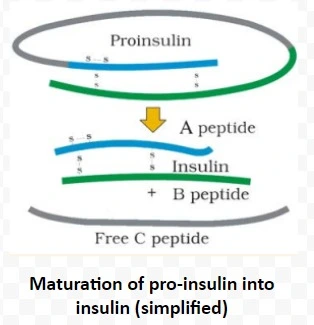![]() December 19, 2023
December 19, 2023
![]() 300
300
![]() 0
0
Biotechnology, a dynamic field at the intersection of biology and technology, revolutionizes diverse industries. Biotechnology applications range from genetically modified crops enhancing agriculture to bioengineered medicines and vaccines advancing healthcare.
RNA interference (RNAi)
RNAi takes place in all eukaryotic organisms as a method of cellular defense. This method involves silencing of a specific mRNA due to a complementary dsRNA molecule that binds to and prevents translation of the mRNA (silencing).
It is used to silence the specific mRNA of the nematode. The consequence is that the parasite could not survive in a transgenic host expressing specific interfering RNA. The transgenic plant therefore got itself protected from the parasite.

Enzyme Linked Immuno-sorbent Assay (ELISA): ELISA is based on the principle of antigen-antibody interaction. Infection by pathogen can be detected by the presence of antigens (proteins, glycoproteins, etc.) or by detecting the antibodies synthesised against the pathogen.
GEAC (Genetic Engineering Approval Committee): It is a statutory body constituted under the Environment (Protection) Act, 1986.
Nodal Ministry: Ministry of Environment, Forests & Climate Change.
Functions: It regulates the use, manufacture, storage, import and export of hazardous microorganisms or genetically engineered organisms and cells in India.
<div class="new-fform">
</div>

Latest Comments